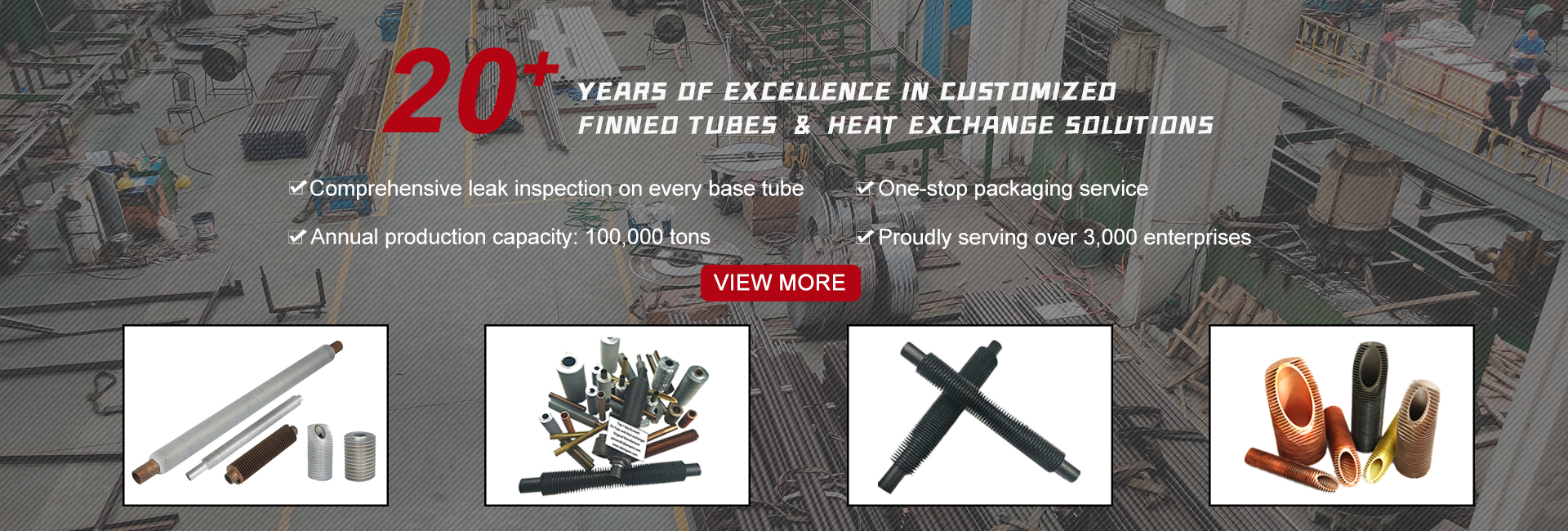
Table of Contents
- Introduction
- What is a High Frequency Welding Fin Tube?
- Product Description
- Key Features
- Technical Details
- Advantages
- Applications
- FAQs
1. Introduction
High frequency welding fin tubes are engineered for efficient heat transfer in heat exchangers, providing superior corrosion resistance for industrial applications.
2. What is a High Frequency Welding Fin Tube?
A high frequency welding fin tube is formed by welding a continuous strip of steel fins to a steel base tube using high frequency electric resistance welding, creating a strong bond for effective heat transfer and mechanical integrity.
3. Product Description
Base tube material: Carbon steel, stainless steel, alloy steel
Fin material: Carbon steel or stainless steel
Fin height: 10–20 mm (0.4–0.8 in)
Fin pitch: 2.5–8 mm (0.1–0.3 in)
4. Key Features
Metallic bond between fin and tube
High thermal conductivity
Good resistance to vibration and pressure
Long lifespan in corrosive environments
5. Technical Details
Welding method: High frequency electric resistance
Tube diameter: 19–63 mm (0.75–2.5 in)
Fin thickness: 0.8–1.5 mm (0.03–0.06 in)
Operating temperature: Up to 450 °C (842 °F)
6. Advantages
Efficient heat transfer
Improved mechanical strength
Reduced maintenance and operational costs
Customizable to various industry requirements
7. Applications
Petrochemical plants
Power boilers
Refinery heaters
Air cooled heat exchangers
Chemical equipment
8. FAQs
Q1: How long do high frequency welding fin tubes last?
A: Generally, 15–20 years with regular maintenance.
Q2: Are these tubes suitable for high-pressure systems?
A: Yes, they are designed to withstand high pressure and temperature.
